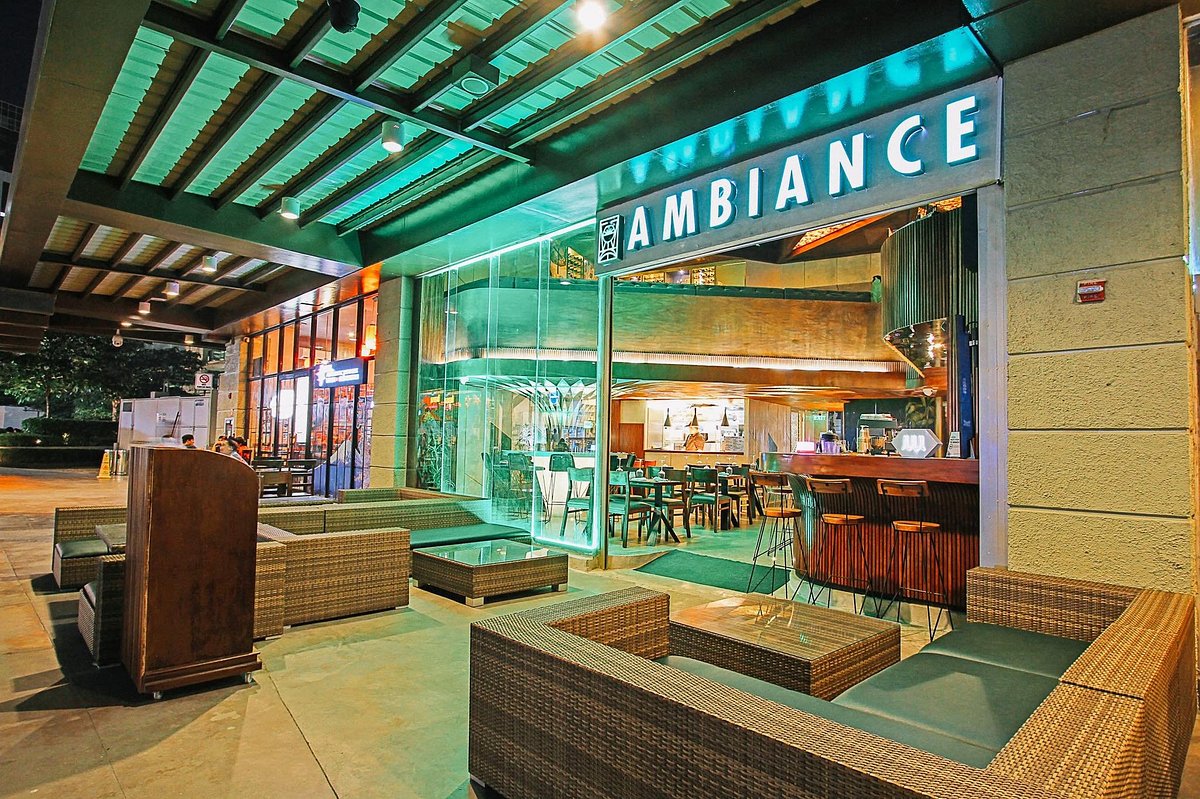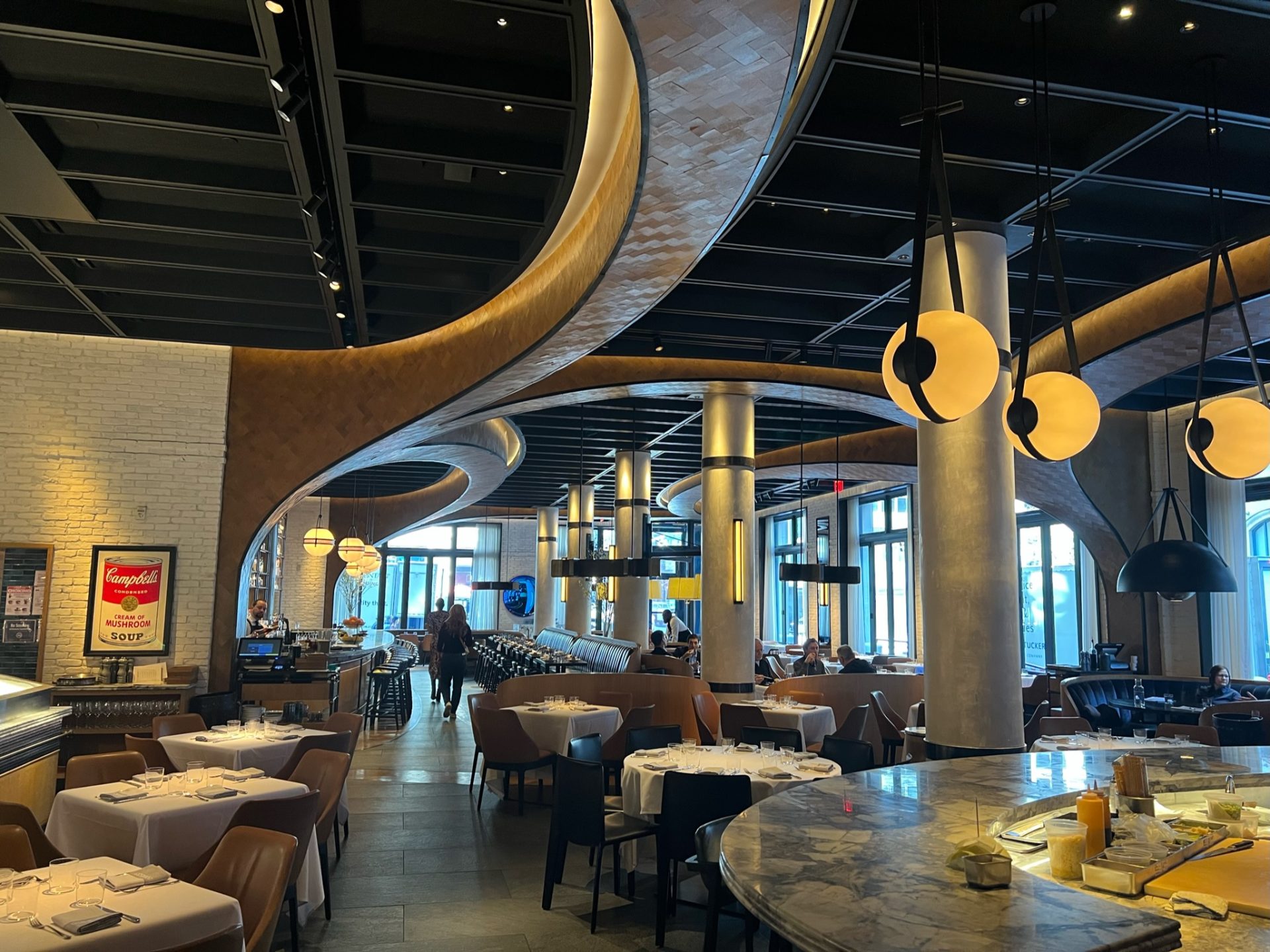Chinese Food Islamabad: Enjoy Authentic Chinese Food at its Best
Savor Genuine Oriental Food With a Pan-Asian Spin for a Cooking Adventure
Beginning on a cooking trip through authentic Oriental cuisine, boosted with a Pan-Asian twist, offers an unique chance to check out the abundant tapestry of tastes that specify the area's varied cooking practices. As you ponder these luring recipes, consider the cultural stories and historic influences that shape them, each bite supplying a story waiting to be found. Instagrammable restaurants Islamabad.

Exploring Pan-Asian Tastes
In the realm of worldwide gastronomy, Pan-Asian food attracts attention for its amazing variety and the harmonious interaction of flavors from different Eastern cultures. This cooking strategy celebrates the special ingredients and rich practices found throughout the continent, developing a tapestry of tastes that is both interesting and enjoyable. Secret to Pan-Asian cuisine is its capability to balance different flavors-- pleasant, salted, spicy, and sour-- while highlighting the quality and high quality of each ingredient.
From the umami-rich soy sauce of Japan to the fiery chili peppers of Thailand, Pan-Asian food provides a comprehensive palette of tastes. These components are typically integrated in innovative means, improving dishes with layers of intricacy. For circumstances, making use of aromatic herbs such as lemongrass and cilantro, common in Vietnamese and Thai food, adds a revitalizing illumination to meals, while the consolidation of coconut milk provides a creamy, abundant appearance.
The emphasis on fresh fruit and vegetables and aromatic spices ensures that each meal is not only a banquet for the palate yet additionally for the detects. Pan-Asian food invites diners to start a cooking journey, checking out the substantial and varied landscapes of Asian gastronomy with every bite.
Blend Meals to Try
While Pan-Asian food is celebrated for its conventional tastes, the contemporary cooking landscape is progressively accepting fusion dishes that blend these traditional components with influences from other regions. This innovative method not just honors the abundant heritage of Oriental cookeries but likewise introduces unique taste experiences that attract modern tastes buds.
A prime instance of such a combination dish is the Korean-Mexican taco, where marinaded bulgogi beef is wrapped in a cozy tortilla, topped with kimchi and a zesty gochujang-infused salsa. This mix marries the bold, savory tastes of Korea with the vivid, fresh aspects of Mexican cuisine. In a similar way, sushi burritos have actually gained appeal, integrating the delicate virtuosity of Japanese sushi with the passionate, hand-held ease of a burrito, frequently featuring blend ingredients like tempura shrimp and avocado with a drizzle of wasabi mayo.
Another notable recipe is Thai curry ramen, which instills the velvety, aromatic spices of Thai curry right into the comforting brew of typical Japanese ramen, creating a harmonious blend that entices the detects. These blend recipes prolong past plain uniqueness; they stand for a cooking discussion in between societies, encouraging exploration and innovation in the world of Pan-Asian cuisine.
Essential Active Ingredients and Spices
To truly value Pan-Asian food, one have to comprehend the crucial components and seasonings that develop its structure. This varied culinary design attracts from a rich tapestry of Asian customs, using an unified blend of flavors and structures. Key active ingredients include soy sauce, fish sauce, and oyster sauce, which present a full-flavored umami deepness vital to Asian dishes. Corresponding to these are rice vinegar and mirin, providing a delicate acidity and sweet taste.
Fragrant components are essential, with garlic, ginger, and lemongrass being common across numerous Pan-Asian recipes. These ingredients give an aromatic base that enhances the intricacy of tastes. Flavors such as star anise, cardamom, and cinnamon introduce heat and personality, resembling impacts from regions like China and India.

Food Preparation Techniques and Tips
Grasping the art of Pan-Asian food calls for familiarity with its unique food preparation techniques, each contributing to the vivid tapestry of tastes this culinary tradition is celebrated for. Central to these techniques is the stir-fry, a quick food preparation strategy that preserves the nutritional integrity and vibrant colors of components. Using a frying pan, the stir-fry approach enables also warmth circulation, important for accomplishing the particular appearance and taste equilibrium of Pan-Asian recipes.
One more basic strategy is steaming, especially widespread in Chinese cuisine. This gentle approach preserves the natural flavors and nutrients of components, making it ideal for fish and shellfish and vegetables. Dumplings, a precious staple, usually gain from steaming, resulting in soft, succulent appearances.
Cooking, additionally indispensable, imparts smoky depths to recipes such as Oriental bulgogi or Japanese yakitori (best asian restaurant Islamabad). This method typically includes marinading components, enabling tastes to permeate deeply prior to cooking over an open fire or warmer
Lastly, understanding the art of stabilizing flavors-- pleasant, sour, salty, bitter, and umami-- is crucial. Effectively layering these components can raise a dish from average to amazing, using a complicated and satisfying cooking experience that symbolizes the significance of Pan-Asian cuisine.
Eating Experiences Worldwide
Across the world, Pan-Asian cuisine supplies an unrivaled eating experience, celebrated for its abundant tapestry of flavors and lively presentations. This culinary sensation has gone beyond cultural limits, capturing the hearts and tastes buds of food enthusiasts worldwide. In multicultural cities fresh York, London, and Sydney, Pan-Asian restaurants offer as melting pots where cooking customs from Thailand, Japan, China, and past assemble, giving diners with a diverse mix of dishes that highlight the region's variety.
The worldwide appeal of Pan-Asian cuisine exists in its ability to provide both credibility and development. Cooks masterfully marry traditional components such as lemongrass, soy sauce, and miso with contemporary you can try here methods, resulting in meals that are both familiar and refreshingly brand-new. This blend permits diners to embark on a culinary trip that respects heritage while welcoming modernity.
In addition, dining experiences are boosted with attentively designed environments that mirror the sushi garden principles of Pan-Asian appearances. From minimal Japanese-inspired insides to vivid Thai-themed rooms, each dining establishment supplies a special ambiance that complements the culinary offerings. Consequently, patrons are not merely taking in a dish yet partaking in a social experience, making Pan-Asian dining a genuinely international phenomenon.
Final Thought
The expedition of Pan-Asian food supplies a profound understanding of the elaborate interaction of flavors and cooking customs throughout Asia. By embracing fusion meals such as Thai curry ramen and sushi burritos, the cooking journey not just highlights the adaptability of standard active ingredients however also showcases cutting-edge modern methods. This gastronomic experience, enhanced by cooking techniques and vital flavors, offers a special chance to value the social variety and cooking virtuosity that define Pan-Asian cuisine on a worldwide range.
Getting started on a cooking trip through authentic Asian food, improved with a Pan-Asian twist, supplies a special opportunity to discover the rich tapestry of tastes that specify the region's varied cooking customs.In the realm of worldwide gastronomy, Pan-Asian cuisine stands out for its amazing diversity and the harmonious interplay of tastes from various Oriental societies. Secret to Pan-Asian next cuisine is its capability to stabilize contrasting tastes-- pleasant, salted, spicy, and sour-- while highlighting the freshness and top quality of each ingredient.
